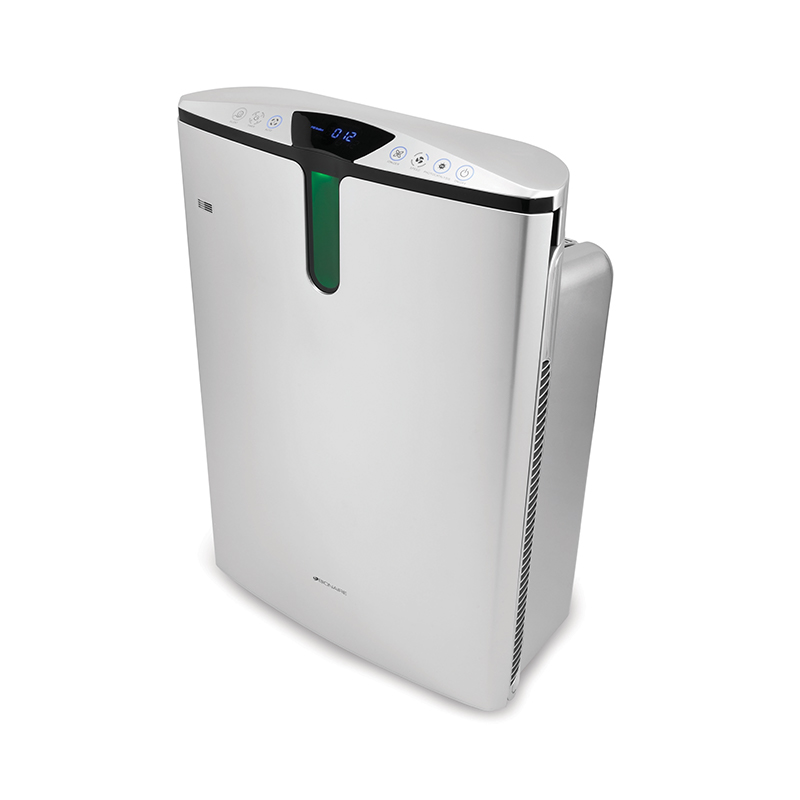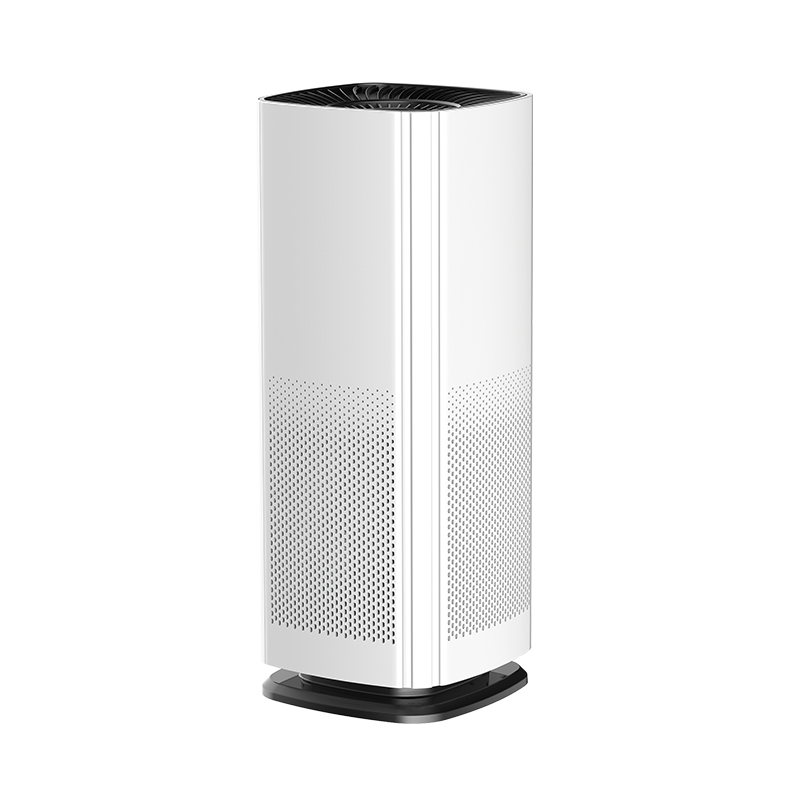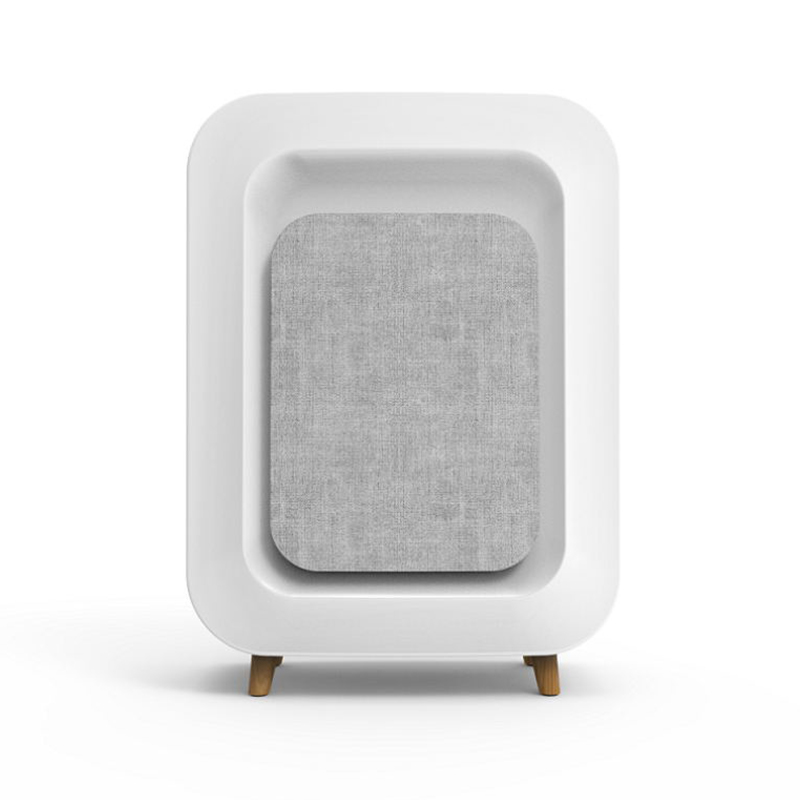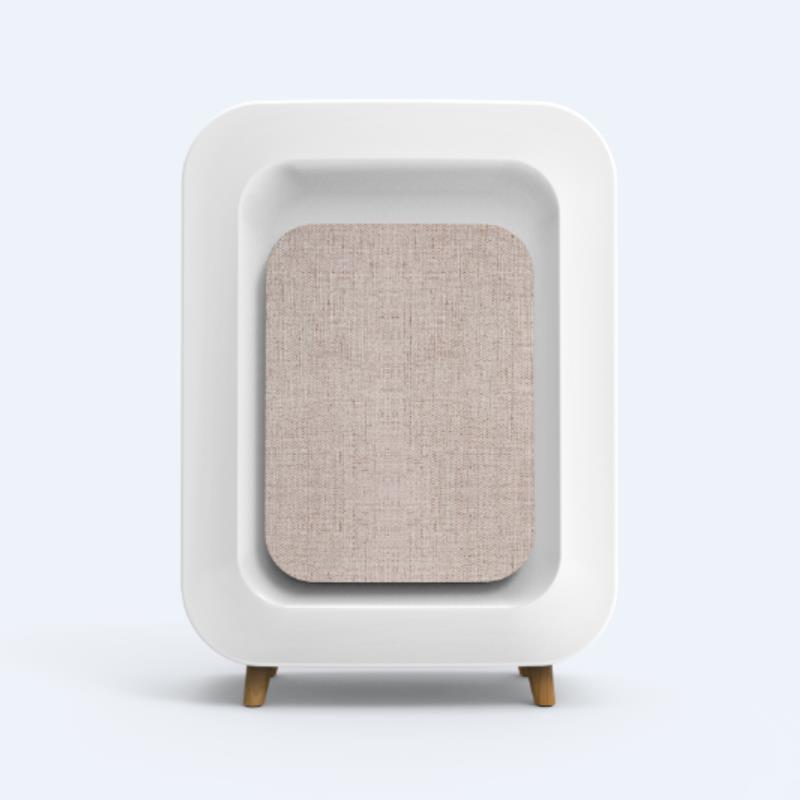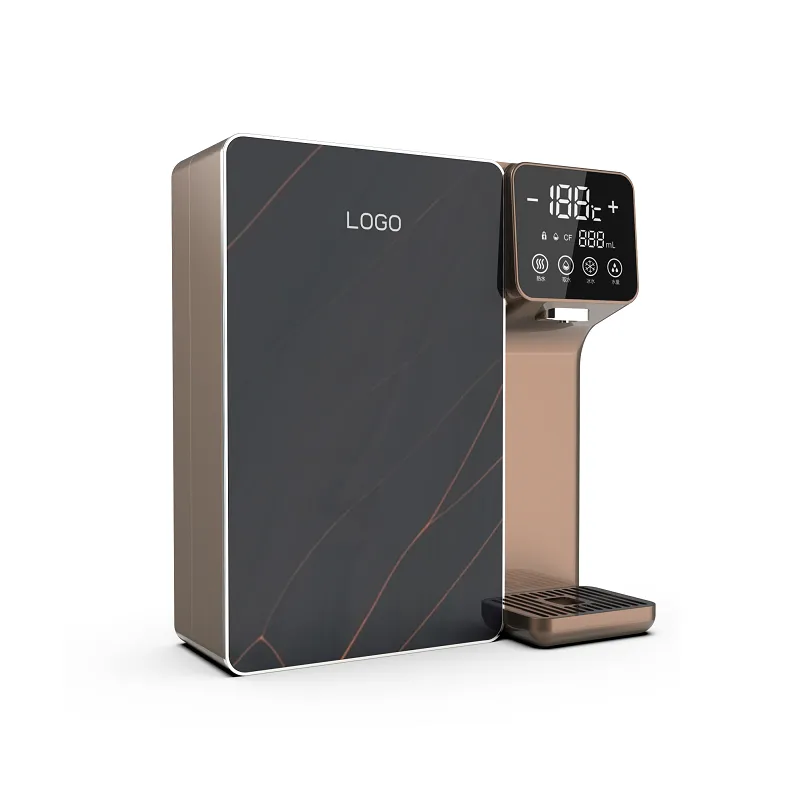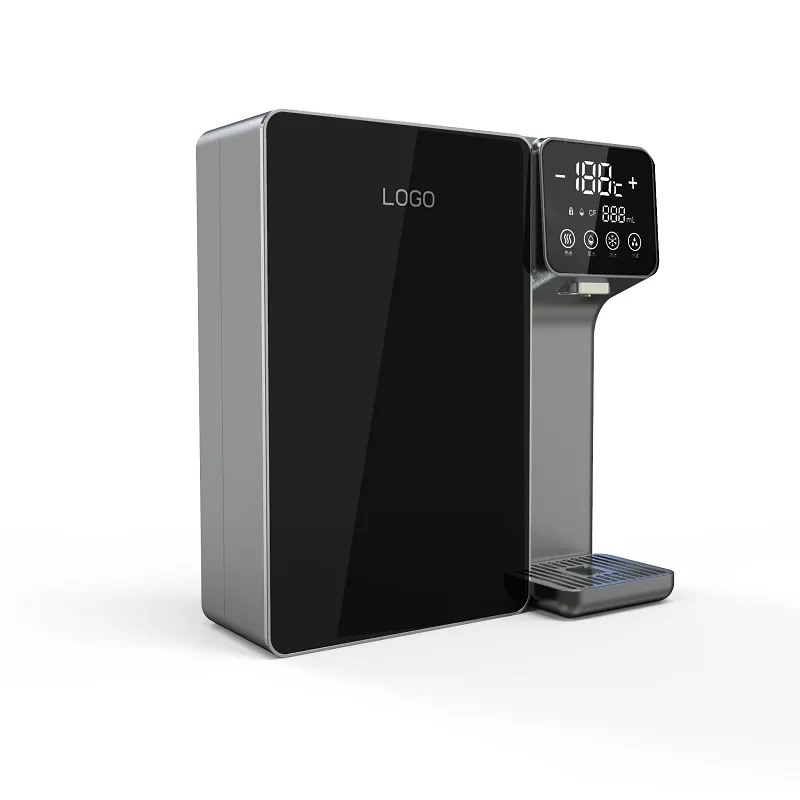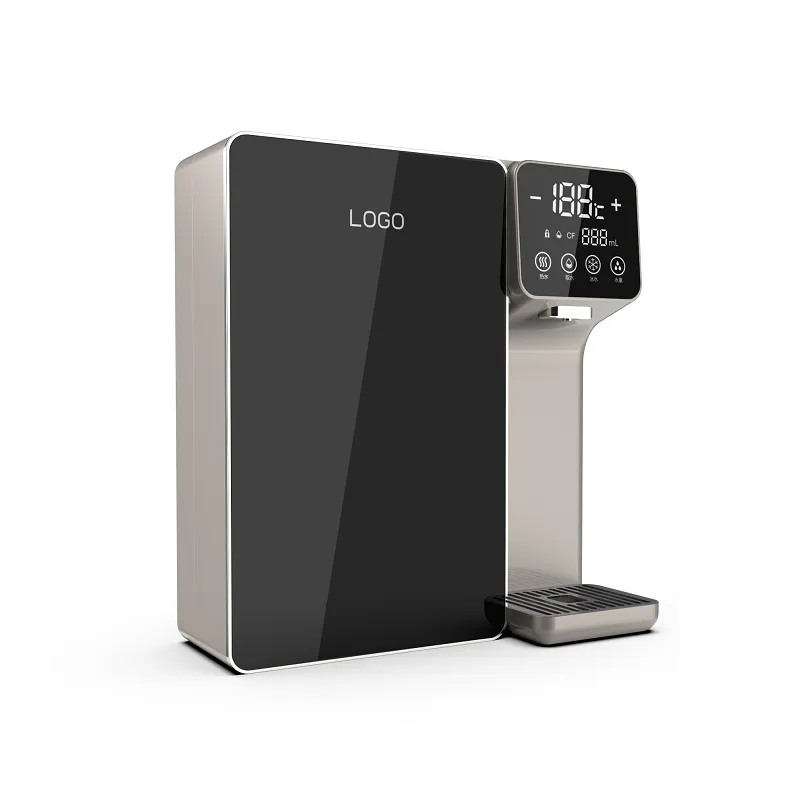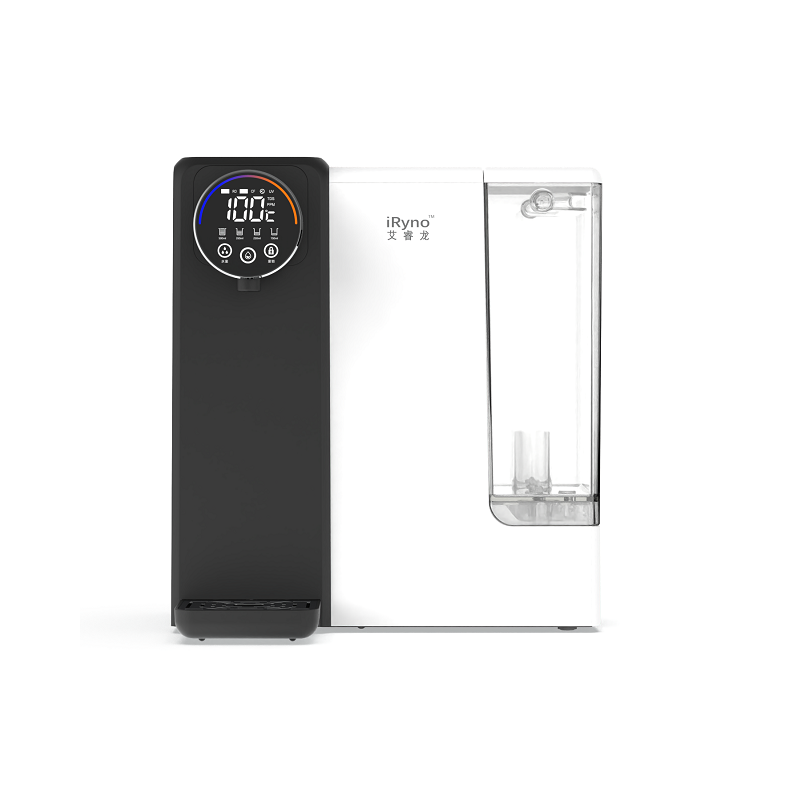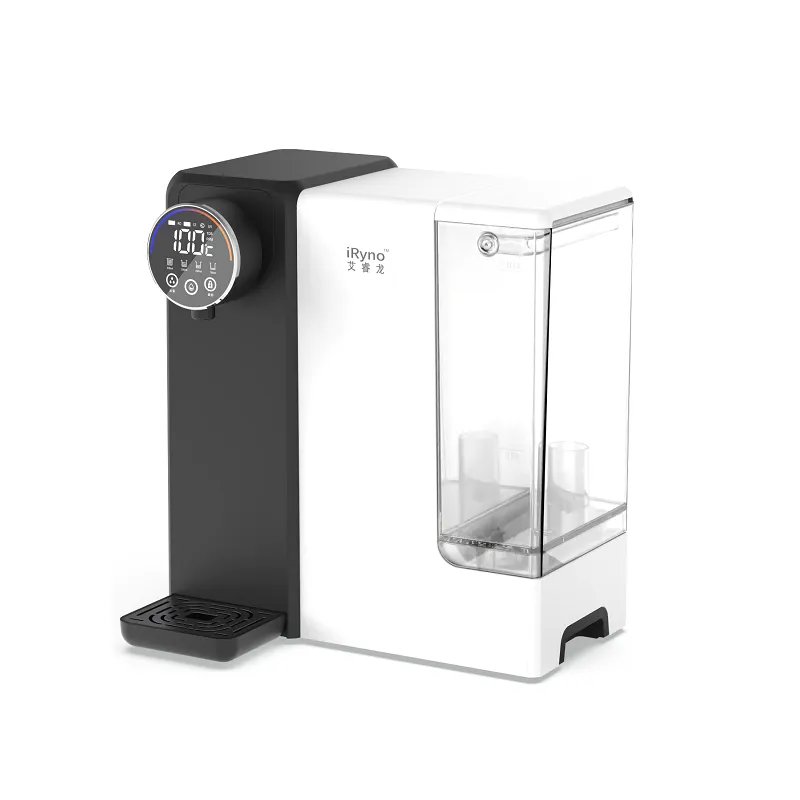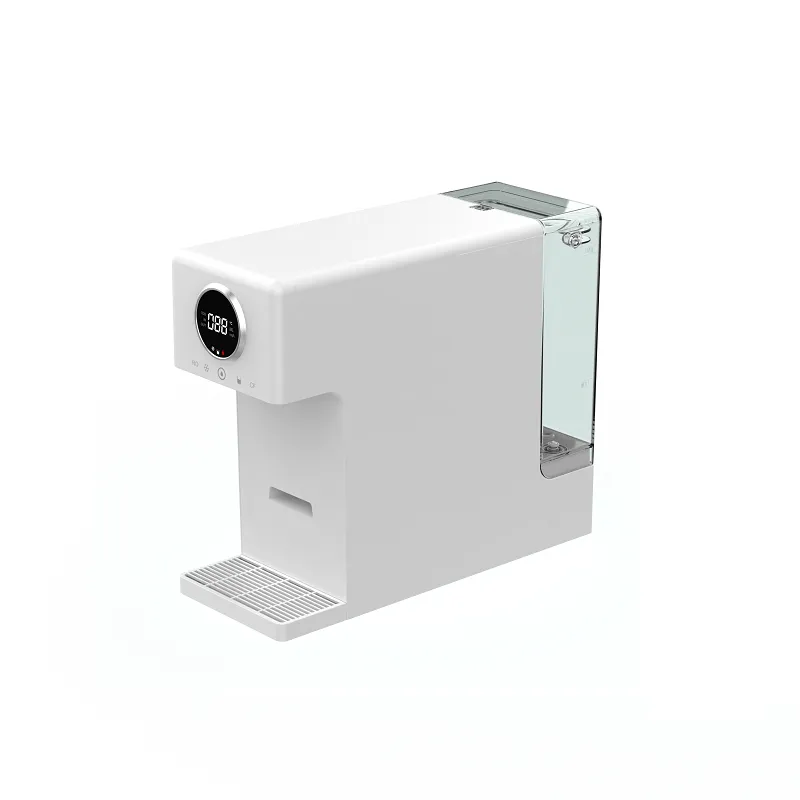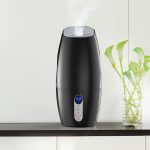In recent years, air purification technology has made significant progress. It involves the process of removing harmful pollutants and pollutants from the air we breathe. Air purification removes pollutants and pollutants from the air by using various filtration technologies. iHastek is a professional air purifiers manufacturer, and in this article, we will discuss with you how air purification works, the various types of air purifiers available, and the benefits of using them.
The first step in air purification is to remove larger particles from the air. This is done by using a pre-filter that traps larger particles such as dust, hair, and pet dander. Pre-filters are usually made of foam or fiberglass and are designed to trap larger airborne particles. Once the larger particles are removed, the air passes through a series of filters that trap smaller particles.
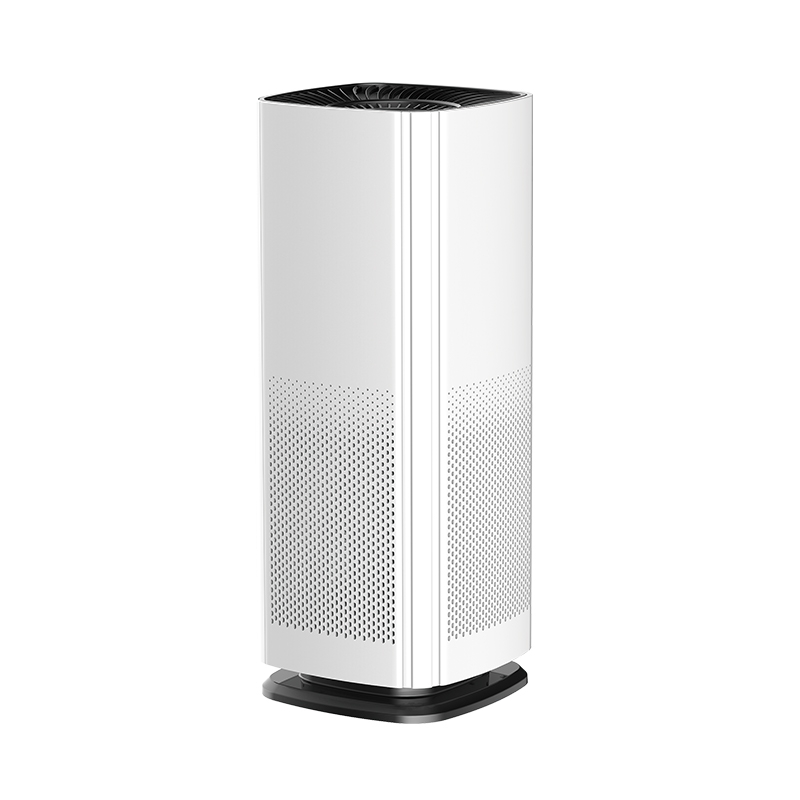
high efficiency air filter
HEPA (High Efficiency Particulate Air) filters are the most common type of filter found in air purifiers. They are very effective at removing tiny particles like pollen, dust mites and mold spores. The HEPA filter is designed to capture over 99.9% of particles as small as 0.3 microns. HEPA filters are made of interlaced fibers that trap tiny particles as air passes through them.
activated carbon filter
Activated carbon filters are used to remove odors and volatile organic compounds (VOCs) from the air. VOCs are gases emitted by products such as cleaning supplies, paints and adhesives. Activated carbon filters are made by treating carbon with oxygen to open up millions of tiny pores between the carbon atoms. This creates a very large surface area to trap odors and VOCs.
UV-C light
Some air purifiers use UV-C light to kill bacteria and viruses. UV-C light is a type of ultraviolet light that is very effective at killing microbes. When air is passed through UV-C light, the light destroys the DNA of bacteria and viruses, killing them. UV-C light is also effective in destroying mold and mildew.
Ionic Air Purifier
Ionic air purifiers work by emitting negative ions into the air. Negative ions attach themselves to positively charged particles such as dust and allergens. This causes the particles to become heavier and fall out of the air. Ionic air purifiers do not use filters, so there is no replacement cost. However, some people are sensitive to the ozone produced by ionic air purifiers.
Benefits of Air Purifiers
Air purifiers have several advantages. They can improve indoor air quality, reduce allergy and asthma symptoms, and help prevent illnesses caused by airborne bacteria and viruses. Air purifiers can also remove unpleasant odors from the air. They are especially beneficial for people with allergies or other respiratory conditions.
Choose the Right Air Purifier
When choosing an air purifier, consider the size of the room you want to purify, the types of pollutants you want to remove, and your budget. Look for air purifiers with HEPA filters, activated carbon filters, or a combination of both. If you want to remove odors from your home, look for an air purifier with an activated carbon filter.
Air purification technology has advanced significantly in recent years, providing homeowners with numerous benefits. Air purifiers are effective at removing harmful pollutants and pollutants from the air we breathe. They are especially beneficial for people with allergies or other respiratory conditions. When choosing an air purifier, consider the size of the room you want to purify, the types of pollutants you want to remove, and your budget.
Related Products

